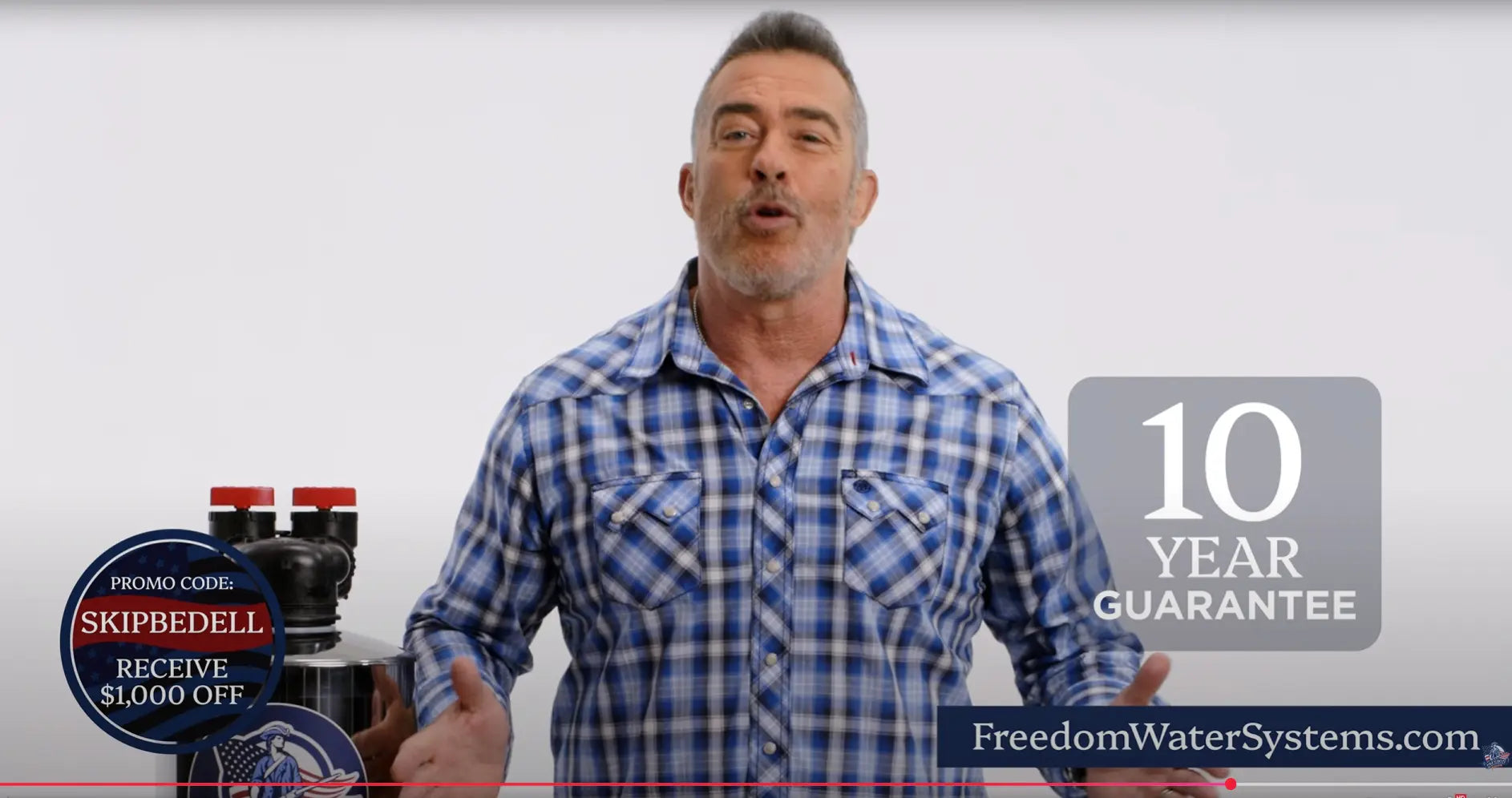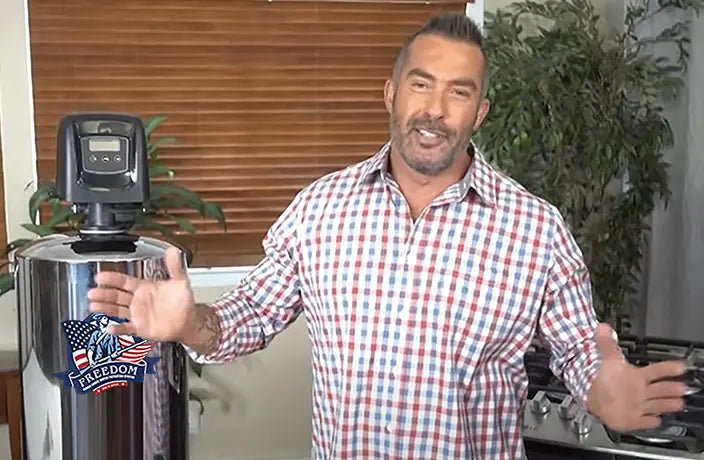A growing problem hidden in plain sight
Across the American Midwest, rivers and aquifers once celebrated for their clarity are now testing positive for dangerous levels of nitrate - a compound formed when nitrogen from fertilizers and animal waste mixes with oxygen in soil and water. While most attention has focused on air quality and food safety, a new investigation by The New Lede and The Defender reveals that water contamination may be the hidden factor behind one of the fastest-rising cancer rates in the nation.
In Iowa alone, where over 87,000 farms fuel the nation's supply of corn, soybeans, and pork, scientists are finding that nitrate levels in drinking water frequently exceed safe limits set by the Environmental Protection Agency. Communities that "did everything right" - exercising, eating healthy, and avoiding smoking - are still seeing clusters of colorectal, thyroid, and other cancers. (Source: The Defender)
How nitrate contamination happens
Every year, millions of tons of synthetic fertilizer and livestock manure are applied to farmland. Rainfall carries this nutrient-rich runoff into streams and groundwater, where nitrogen bonds with oxygen to form nitrate. Conventional municipal treatment systems are not designed to remove it completely, and rural wells often have no filtration at all. The result is that nitrate and pesticide residues end up flowing straight to the tap.
The World Health Organization classifies nitrate in food and water as "probably carcinogenic to humans." Even at levels below federal standards, long-term exposure has been linked to birth defects, thyroid disruption, and increased cancer mortality.
Iowa's story reflects a national crisis
Researchers say what's happening in Iowa is not unique - it's a warning sign for the entire country. From California's Central Valley to the Great Lakes basin, agricultural runoff has created toxic waterways and groundwater contamination that threaten drinking water for millions. In some regions, nitrate concentrations have reached twice the EPA's safe limit of 10 milligrams per liter. When combined with chlorine during water disinfection, these compounds can also form nitrosamines, another probable carcinogen.
Farm runoff doesn't stay local. Nutrient pollution from the Midwest contributes to the "dead zone" in the Gulf of Mexico, an area so deprived of oxygen that marine life cannot survive. It's a vivid reminder that what happens upstream affects everyone downstream.
Watch the investigation
The New Lede's video Beneath the Surface of Iowa's Water Crisis explores how farm runoff, nitrate pollution, and lax regulation have turned clean water into a public-health emergency. Watch the full investigation below.
Video credit: The New Lede / The Defender (2025)
Why filtration matters
While public utilities do their best to meet federal guidelines, nitrates and similar agricultural byproducts are persistent and difficult to remove. Chlorine disinfection, for example, cannot neutralize nitrate compounds. Homeowners using private wells or municipal systems in high-agriculture zones need proactive protection - and that starts with whole-house filtration.
ECO-X and Platinum: advanced protection for modern water challenges
The ECO-X Whole-House Filtration System and the Platinum System are engineered to tackle the pollutants traditional filters miss. Both models use multi-stage filtration media designed to target nitrates, chlorine, chloramines, heavy metals, and agricultural byproducts - providing clean, great-tasting water at every tap.
These systems deliver the kind of comprehensive protection needed in today's environment, where industrial and agricultural contaminants often blend together. The ECO-X focuses on eco-friendly, salt-free operation ideal for city or well water, while the Platinum model adds enhanced capacity and flow for larger homes and high-usage families.
Taking action beyond Iowa
The nitrate crisis underscores a larger truth: clean water cannot be taken for granted. Even if you live hundreds of miles from a farm field, nutrient runoff and aging infrastructure can affect the quality of your tap water. Installing a certified filtration system is one of the simplest and most effective ways to reduce exposure to harmful compounds and improve overall water quality.
Communities across the U.S. are beginning to take action - but meaningful change takes time. Choosing better filtration at home is something you can do today to safeguard your health and that of your family.
FAQs
What causes nitrate contamination in drinking water?
Nitrates form when nitrogen from fertilizers, manure, or septic systems mixes with oxygen in water. Rain and irrigation carry these compounds into groundwater and rivers used for public supply.
Is nitrate in water dangerous?
Yes. Studies link long-term nitrate exposure to increased risk of colorectal cancer, thyroid disease, and birth defects. The World Health Organization classifies nitrates as "probably carcinogenic to humans."
Can city treatment plants remove nitrates?
Most municipal systems are not designed to fully remove nitrates. Reverse osmosis and specialized whole-house filtration are the most effective solutions.
Which system is best for nitrate removal?
The ECO-X and Platinum Whole-House Systems both target nitrates, fertilizers, and agricultural runoff, providing complete home coverage.
How can I check if my water is affected?
You can order a certified water testing kit to measure nitrate levels and other contaminants in your home's water supply.
References
- The Defender, "An Everywhere Problem: The Water Pollution Fueling Iowa's Cancer Crisis," Oct. 1, 2025.
- The New Lede, "Beneath the Surface of Iowa's Water Crisis," 2025 video investigation.
- World Health Organization, International Agency for Research on Cancer, "Nitrate and Nitrite in Drinking Water," 2024.
- U.S. Environmental Protection Agency, "Drinking Water Regulations for Nitrates," current guidelines.






